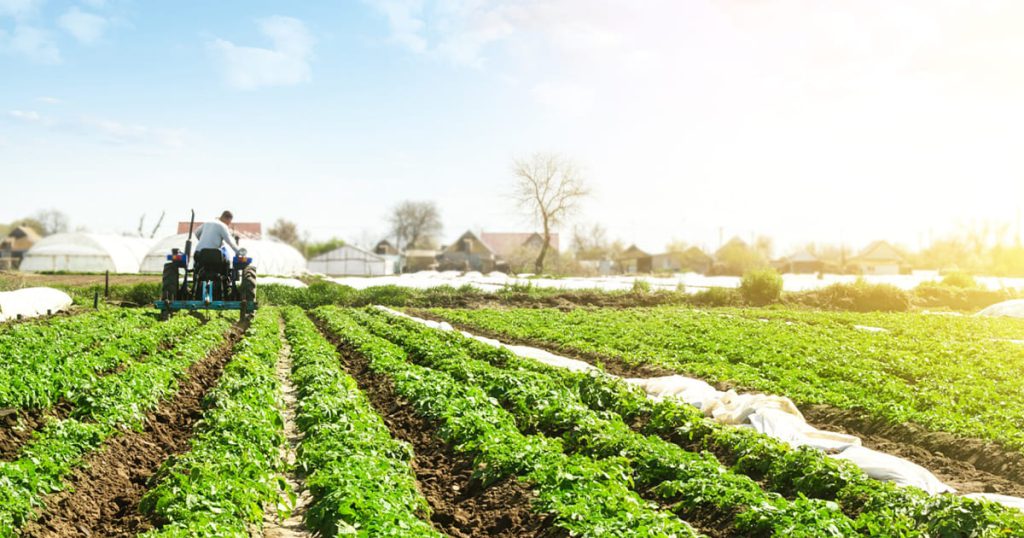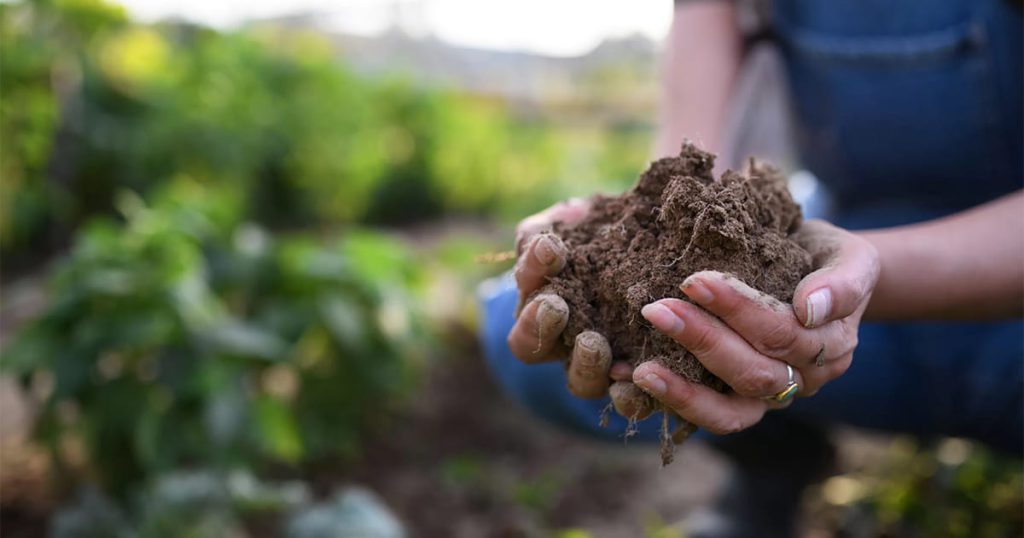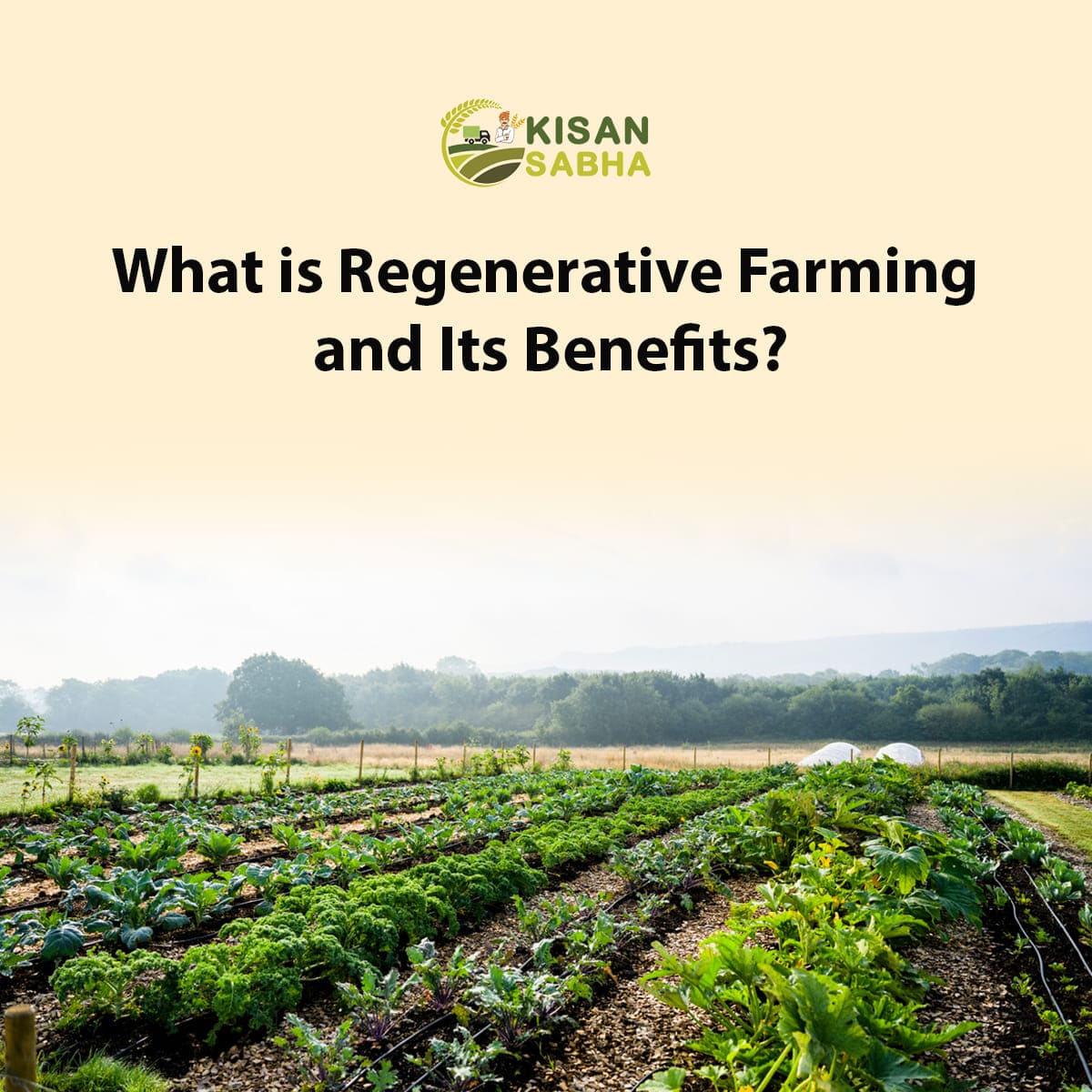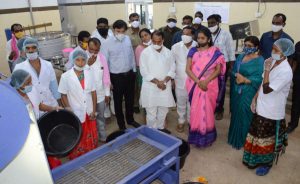In recent years, there has been a growing concern over the sustainability and productivity of traditional farming methods. With the world’s population projected to reach 9.7 billion by 2050, the demand for food is expected to increase by 60%. This raises a critical question – can traditional farming methods continue to feed the world, or do we need to look towards alternative approaches? One such approach that is gaining attention is regenerative farming. It is a holistic farming practice that aims to restore and improve the health of the soil while producing nutrient-dense food. In this blog post, we will explore the potential of regenerative farming to feed the world in the future.

What is Regenerative Farming?
Regenerative farming is a set of farming practices that prioritize soil health. It involves working with nature to enhance soil health, biodiversity, and ecosystem services. The key principles of it include minimal soil disturbance, diverse crop rotations, maintaining soil cover, and integrating livestock into the farming system.
Unlike traditional farming methods, which rely heavily on external inputs like synthetic fertilizers and pesticides, regenerative farming emphasizes working with the natural processes and resources available on the farm. This approach aims to improve the soil’s ability to hold water, store carbon, and support biodiversity, resulting in healthier and more resilient crops.
The Benefits of Regenerative Farming
Improved Soil Health
One of the main advantages of its focus on building and maintaining healthy soil. Traditional farming practices, such as tilling and monocropping, can degrade the soil, leading to erosion, loss of nutrients, and decreased water-holding capacity. In contrast, regenerative farming practices such as reduced tillage, cover cropping, and crop rotation, help to improve soil structure, increase organic matter, and foster beneficial soil microorganisms. This results in healthier soil that can support more productive crops.

Increased Biodiversity
Regenerative farming promotes diversity at all levels, from crop rotations to incorporating livestock into the farming system. This diversity helps to create a more resilient and robust ecosystem. Farmers can break the cycle of pests and diseases by rotating crops, reducing the need for synthetic pesticides. Additionally, integrating livestock into the farming system can provide natural fertilization, reduce the need for chemical fertilizers, and improve soil health.
Climate Resilience
The use of regenerative farming practices can help mitigate the effects of climate change. Carbon sequestration is a natural process that removes carbon dioxide from the atmosphere and stores it in the soil. By increasing organic matter and promoting healthy soil, regenerative farming practices can help to sequester carbon, reducing the amount of carbon dioxide in the atmosphere. This not only benefits the environment but also improves soil health and fertility.
Nutrient-Dense Food
Regenerative farming focuses on improving soil health, which in turn results in more nutrient-dense crops. Healthy soil is essential for the growth and development of plants, providing them with essential nutrients and minerals. As plants absorb nutrients from the soil, they become more nutrient-dense, making them more nutritious for human consumption. This has the potential to improve the overall health and well-being of individuals consuming these crops.
Can Regenerative Farming Feed the World?
The growing global population and increasing demand for food have put pressure on the agricultural sector to increase productivity. However, traditional farming methods are becoming increasingly unsustainable, with negative impacts on the environment and human health. Regenerative farming offers a sustainable alternative that can potentially feed the world in the future.
Firstly, by improving soil health, it can increase crop yields. Studies have shown that regenerative farming practices can increase crop yields by 78% over conventional methods. This increase in productivity can help to meet the growing demand for food.
Secondly, They practices can help to mitigate the effects of climate change and improve the resilience of the agricultural sector. As extreme weather events become more frequent, traditional farming methods may be unable to cope, resulting in reduced crop yields. In contrast, the diverse and resilient nature of regenerative farming can help to mitigate risks and maintain crop productivity.
Thirdly, regenerative farming can improve food security by promoting biodiversity. By rotating crops and incorporating livestock into the farming system, farmers can diversify their sources of income and reduce their reliance on a single crop. This can help to buffer against potential crop failures and provide a more stable food supply.
Also Read:- How to Rent Farmland in 8 Easy Steps
Conclusion
They offer a sustainable and holistic approach to food production that prioritizes soil health. Its potential to improve soil health, increase biodiversity, and mitigate the effects of climate change makes it a promising solution to feed the world in the future. However, its widespread adoption will require support from policymakers, training and education for farmers, and consumer demand for sustainably produced food. With proper support and investment, regenerative farming can play a crucial role in ensuring food security for a growing global population while also protecting the environment for future generations.





